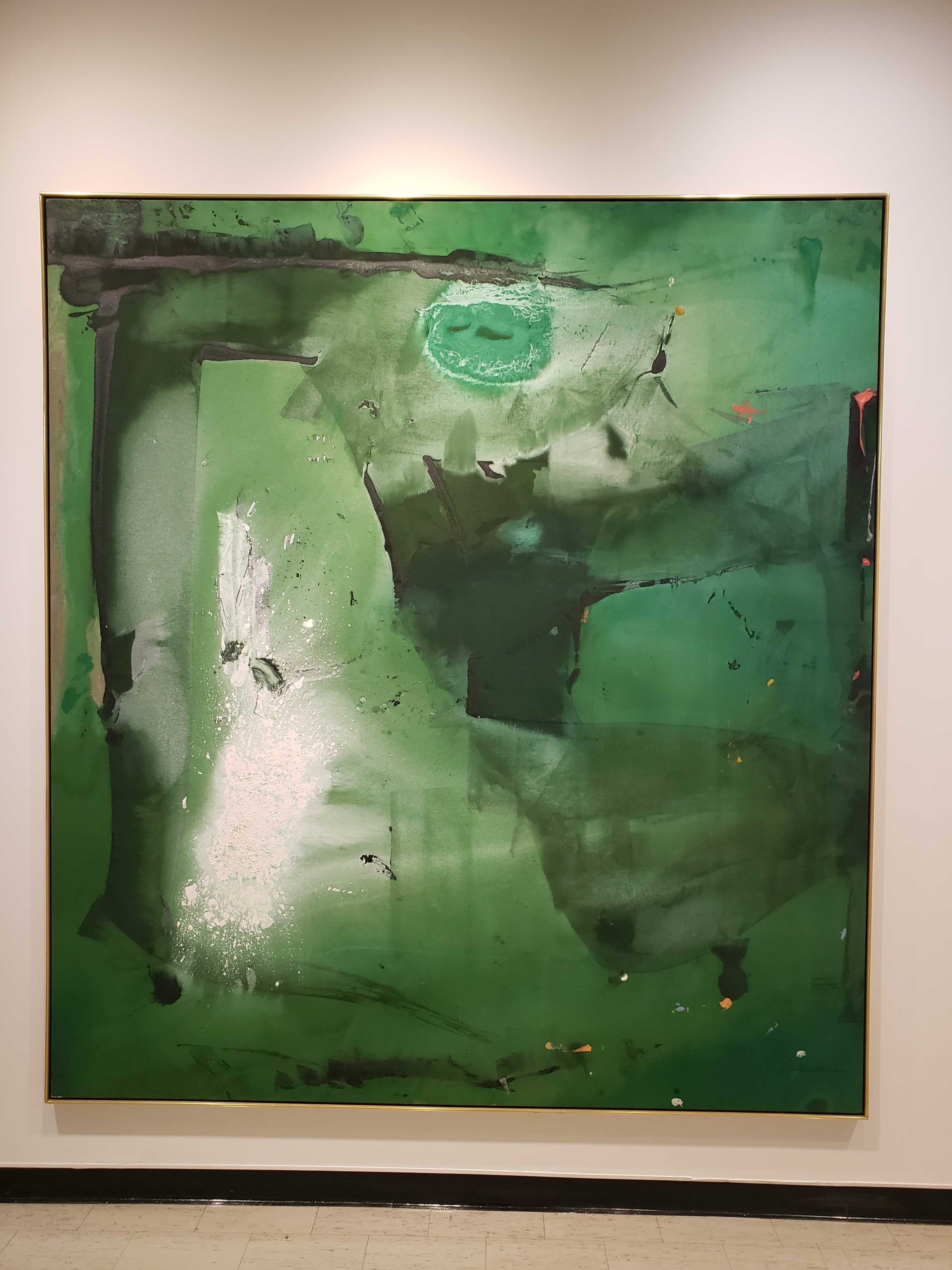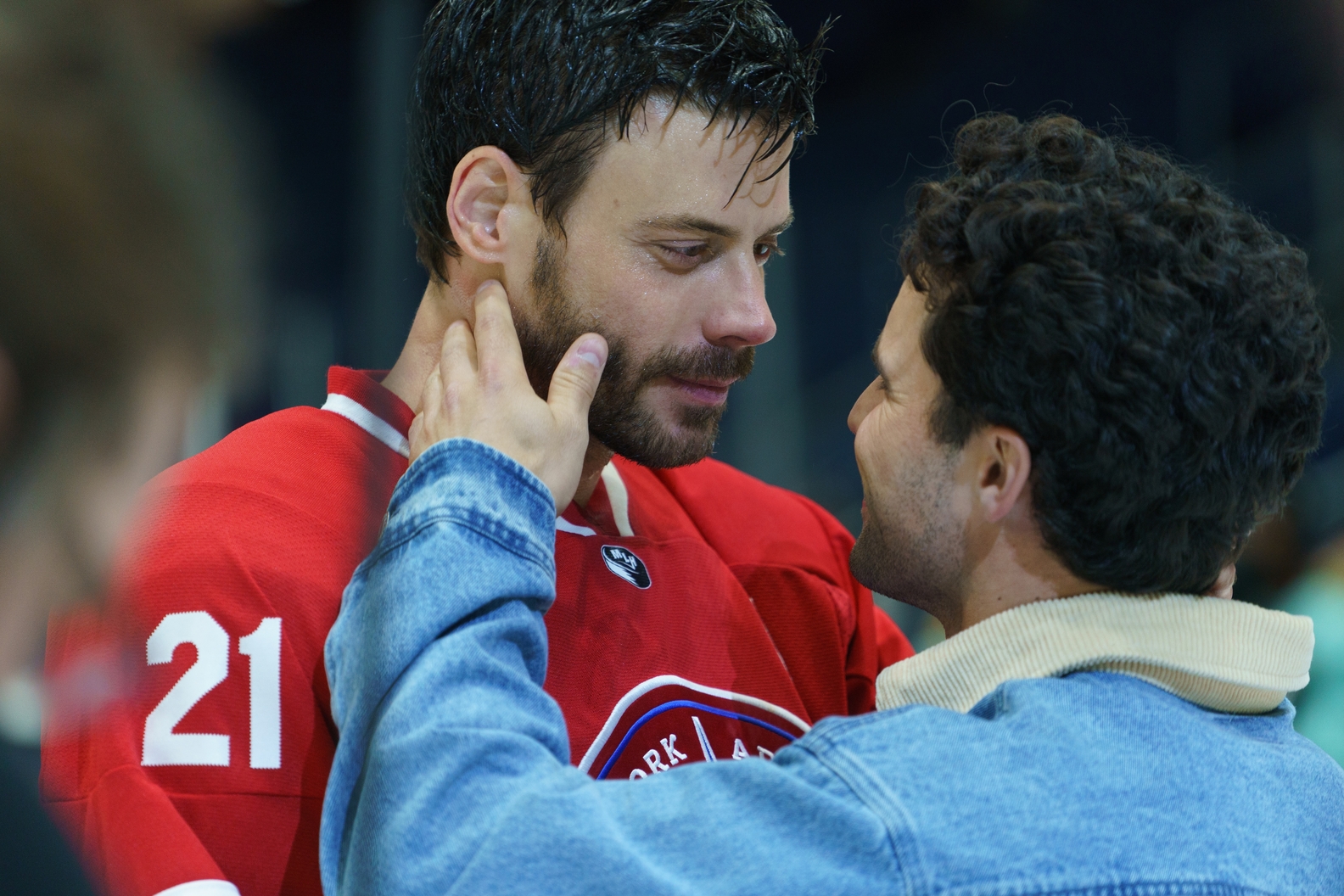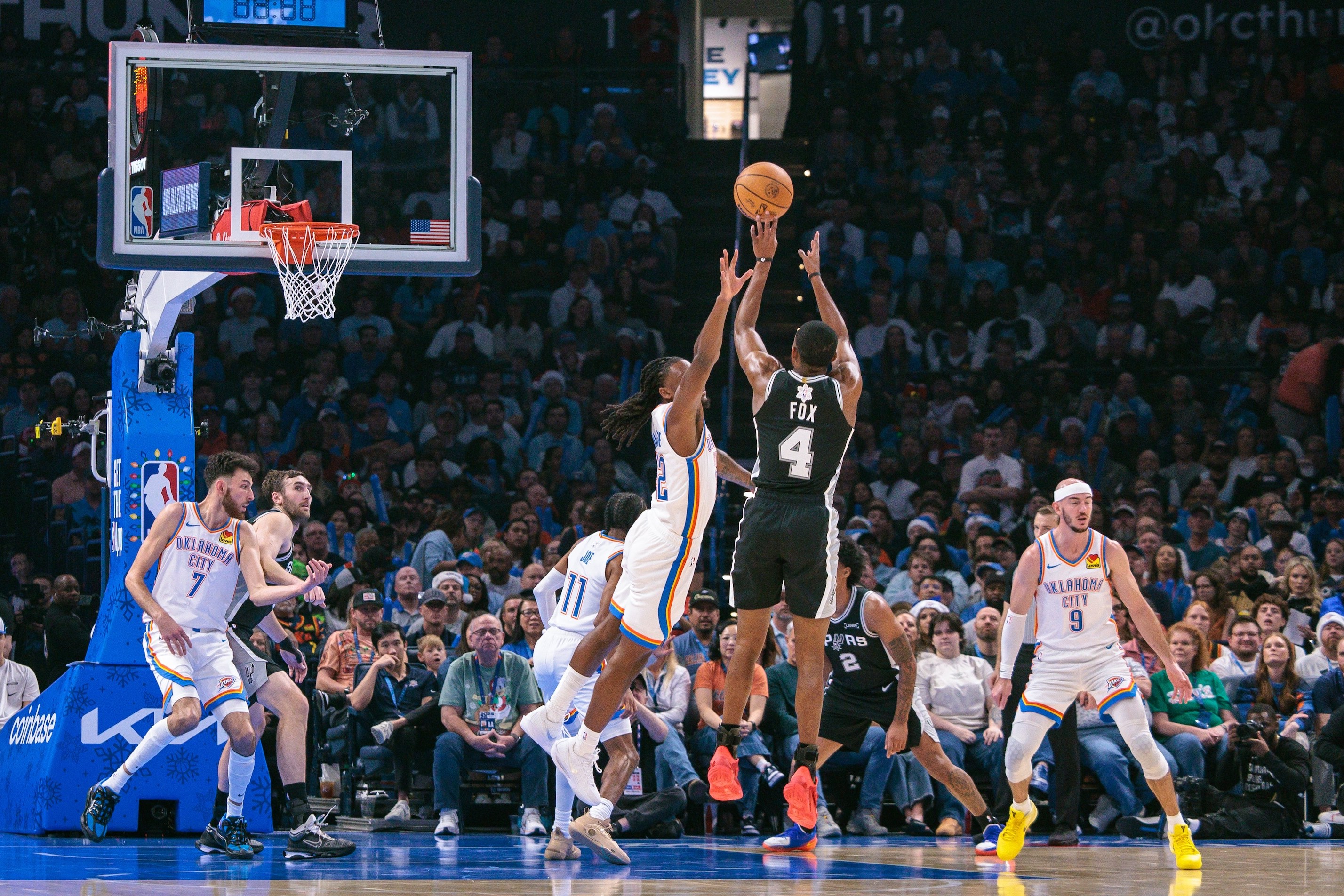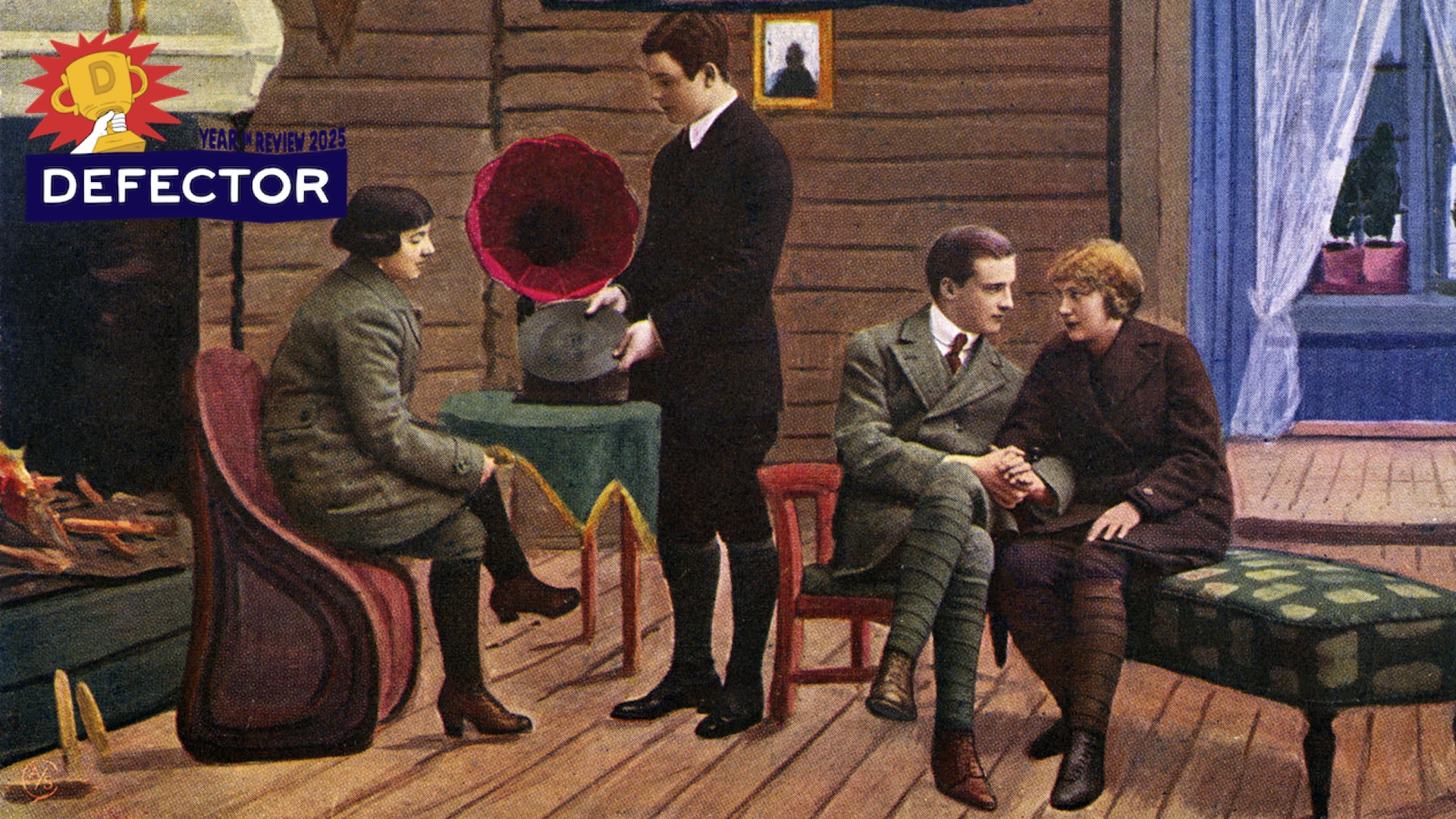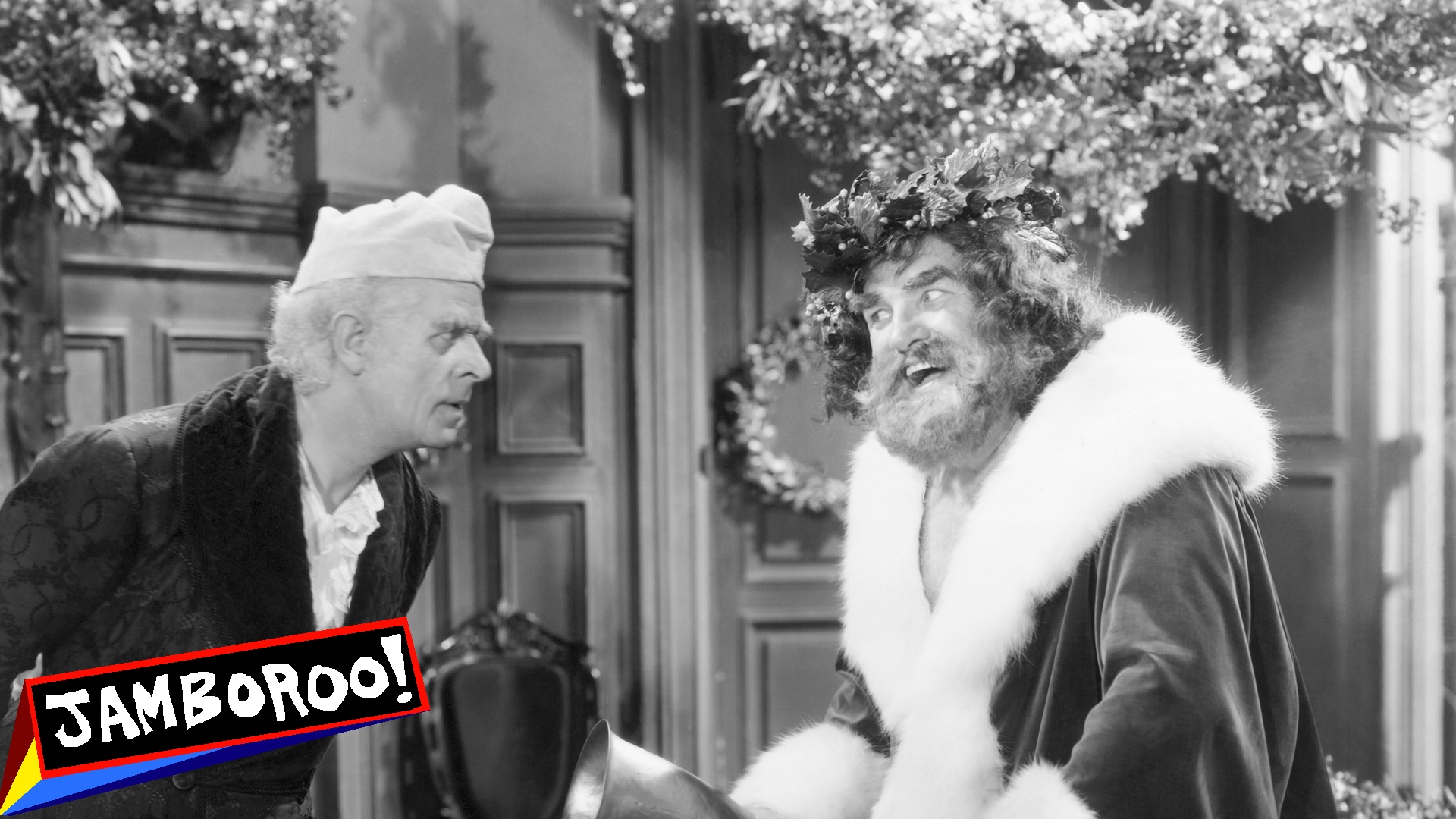Thank god my Amtrak was only 20 minutes late.
I arrived in Rochester, N.Y., on Friday afternoon ahead of a top-secret non-Defector work mission, and my train stopped just in time for me to hustle over to the city's Memorial Art Gallery. I'm never good at determining in advance if a museum is the kind you spend one hour at or a whole day inside, so I was pleasantly surprised by the depth of Rochester's collection—an absorbing first floor of American art (including Nick Cave's ornithophilic End Upheld) and a beautiful second floor of historical international pieces with a baroque Italian organ at the center.
I had looked online at much of the collection in advance, just in case I was going to have only a few minutes to catch the top highlights. As it stood, I had to move at a brisk but not frenzied pace through the peacefully quiet building before the 5 p.m. closing. I was perhaps most prepared, and excited, to run into Helen Frankenthaler's Seer as I moved through the American timeline. Frankenthaler had been on my mind because last month, while I was in Tokyo, I read Mary Gabriel's book Ninth Street Women, which focuses on the women in the abstract expressionist movement. Of all the movements out there, I think I like that one best—its gigantic, enigmatic, and emotional paintings are often the highlight of my museum trips. I love when a painting instinctively makes sense to me even when it screws with the logical part of my brain.
I had less firsthand experience with Frankenthaler than I did, say, Lee Krasner, whose The Seasons anchors the most stunning room in the Whitney Museum, or Joan Mitchell, one of my very favorite painters, whose intense brushstrokes and collages of color set me on fire. But when I got to Seer, in this longer hallway of forward-thinking works, it stopped me in my tracks. I'd glanced at it as a JPEG already, but this three-dimensional thing was completely different, taking up all of my vision as it loomed eight feet high on the wall.
That chaotic splotch of white is probably the most notable "feature" of this painting, but it's defined most by the color green. As my eye moved along the canvas, I picked up the subtle shades and felt the tension between "pretty" and "ugly." In some places, the green looked the color of an emerald. Elsewhere, it reminded me of dirty water. I took a picture on my phone, then got almost startled as I again confronted the real thing instead of two dimensions in miniature. You might say this increased perception is the difference between seeing something and being a Seer.
Previewing the painting beforehand, I didn't realize how busy and energetic Seer would feel, the way it reflects the movements that went into its creation. I'm thrilled by a painting that has texture, where the material itself is tangibly thick and rough. (Its neighbor in the hallway, Hans Hofmann's Ruby Gold, was another great example of that sturdy power.) Seeing this piece in person, it became less an image than an object. You couldn't take the painting itself and make it the background of your lock screen; you had to reckon with it as something that didn't exist in the world, and then did, because of human effort.
I went to the next floor but made sure to return to Seer while retracing my way out. Even knowing what to expect, that part of the wall was still so striking. The second time I gazed at it, I noticed other bits of color on the right-hand side, almost like they were added while I was gone. The oval shape up top looked more like an eye to me. The darker lines suggested action. And the white hit me less like a disruption and more like part of the piece's story. I would have thought none of these things had I not been in Rochester to see it with my own eyes.
